Grantee Research Project Results
2010 Progress Report: Sustainable Coastal Habitat Restoration in the Pacific Northwest: Modeling and Managing the Effects, Feedbacks, and Risks Associated with Climate Change
EPA Grant Number: R833014Title: Sustainable Coastal Habitat Restoration in the Pacific Northwest: Modeling and Managing the Effects, Feedbacks, and Risks Associated with Climate Change
Investigators: Rybczyk, John , Hood, W. Greg , Reyes, Enrique , Khangaonkar, Tarang , Yang, Zhaoqing
Current Investigators: Rybczyk, John , Reyes, Enrique , Hood, W. Greg , Khangaonkar, Tarang , Yang, Zhaoqing
Institution: Western Washington University , Skagit System Cooperative , Battelle Memorial Institute , East Carolina University
Current Institution: Western Washington University , East Carolina University , Battelle Memorial Institute , Skagit System Cooperative
EPA Project Officer: Packard, Benjamin H
Project Period: April 1, 2007 through March 31, 2010 (Extended to March 31, 2012)
Project Period Covered by this Report: April 1, 2010 through March 31,2011
Project Amount: $879,247
RFA: Nonlinear Responses to Global Change in Linked Aquatic and Terrestrial Ecosystems and Effects of Multiple Factors on Terrestrial Ecosystems: A Joint Research Solicitation- EPA, DOE (2005) RFA Text | Recipients Lists
Research Category: Climate Change , Aquatic Ecosystems
Objective:
The overall objective of this project is to develop a predictive landscape simulation model, incorporating non-linear feedbacks, of the ecological and geomorphological consequences of climate-induced sea-level rise and river flow alteration in two of the most ecologically significant estuarine systems in Puget Sound, Padilla Bay and Skagit Bay. We use the model to guide the course of restoration and management efforts, given climate change, as they relate to salmon habitat in Puget Sound.
Progress Summary:
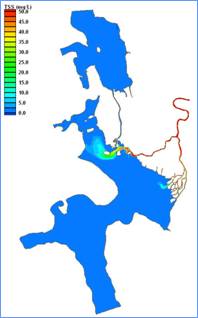

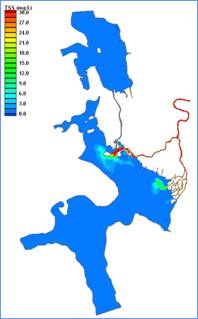
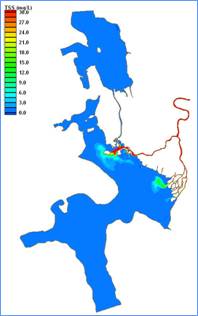
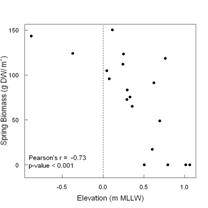
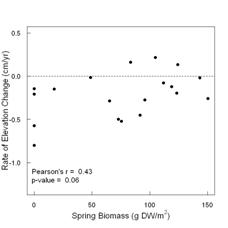
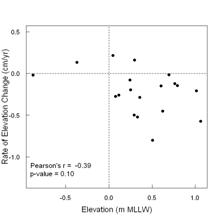
Future Activities:
Journal Articles on this Report : 3 Displayed | Download in RIS Format
| Other project views: | All 30 publications | 10 publications in selected types | All 9 journal articles |
|---|
| Type | Citation | ||
|---|---|---|---|
|
|
Fagherazzi S, Kirwan ML, Mudd SM, Guntenspergen GR, Temmerman S, D'Alpaos A, van de Koppel J, Rybczyk JM, Reyes E, Craft C, Clough J. Numerical models of salt marsh evolution:ecological, geomorphic, and climatic factors. Reviews of Geophysics 2012;50(1):RG1002. |
R833014 (2010) R833014 (Final) |
Exit Exit Exit |
|
|
Khangaonkar T, Yang Z. A high-resolution hydrodynamic model of Puget Sound to support nearshore restoration feasibility analysis and design. Ecological Restoration 2011;29(1-2):173-184. |
R833014 (2010) R833014 (Final) |
Exit Exit |
|
|
Yang Z, Wang T, Khangaonkar T, Breithaupt S. Integrated modeling of flood flows and tidal hydrodynamics over a coastal floodplain. Environmental Fluid Mechanics 2012;12(1):63-80. |
R833014 (2010) R833014 (Final) |
Exit |
Supplemental Keywords:
Accretion, delta, Chinook, eelgrass, Pacific Northwest, sea-level rise, subsidence, wetlandsProgress and Final Reports:
Original AbstractThe perspectives, information and conclusions conveyed in research project abstracts, progress reports, final reports, journal abstracts and journal publications convey the viewpoints of the principal investigator and may not represent the views and policies of ORD and EPA. Conclusions drawn by the principal investigators have not been reviewed by the Agency.
